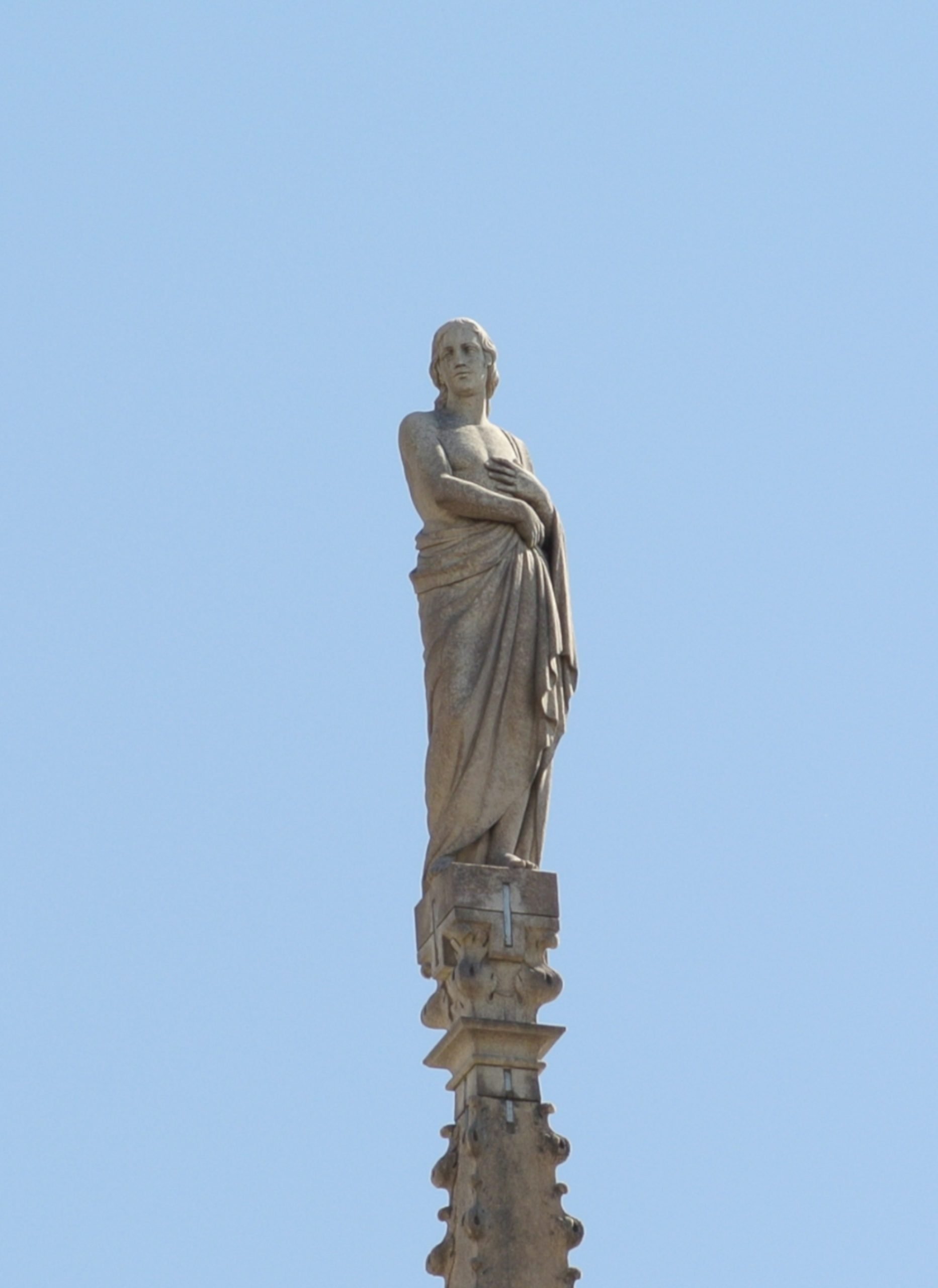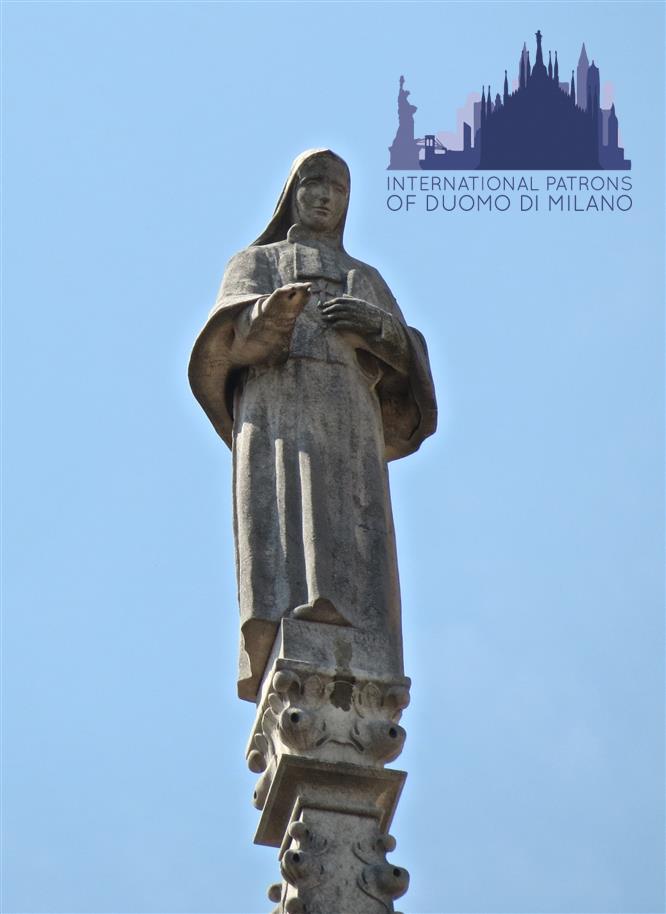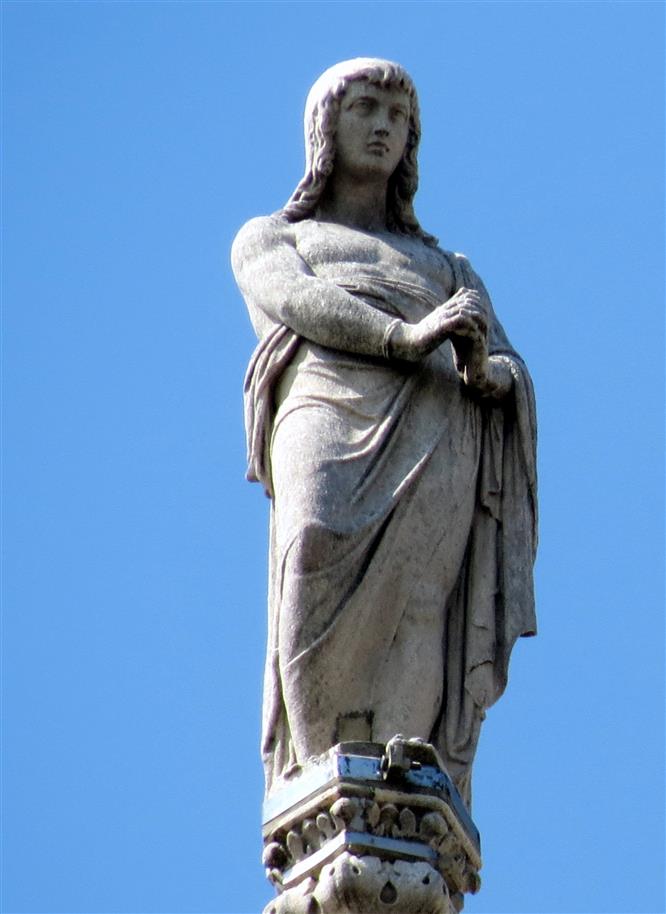Saint Alexander is one of the three Trentino martyrs, along with Sisinnio e Martirio, that comes from the Cappadocia, still worshipped in Trento. He lived in the 4th century , and arrived at the Mediterranean as evangelist to spread the gospel in Italy, that represented a connection towards the continent; because of this Italy owes it’s christian faith also to saints like them, where they found many opposers but also many new believers. The three were accusedof spreading false word to the local population, and for this they were assaulted and beated near their church during a pagan feast; Alexander was followingly burnt alive, using the same wood of his destroyed church. It was the 29th of may 397, day in which the feast is celebrated. In the actual Senzeno, place of the martrydom, a church was erected in name of the three saints. Few are the cases in which in the first centuries of the church the story of a martrydom and of an evangelist saint are so well documented.
The tales of the statue in Dome’s building site:
The Saint Alexander of the spire G15 was realized during the half of the ‘900; the author of the model is Arturo Malerba, while the author of the statue that is present at the top of the spire is not known. It’s a statue that is placed at the front and was affected by the war bombings.



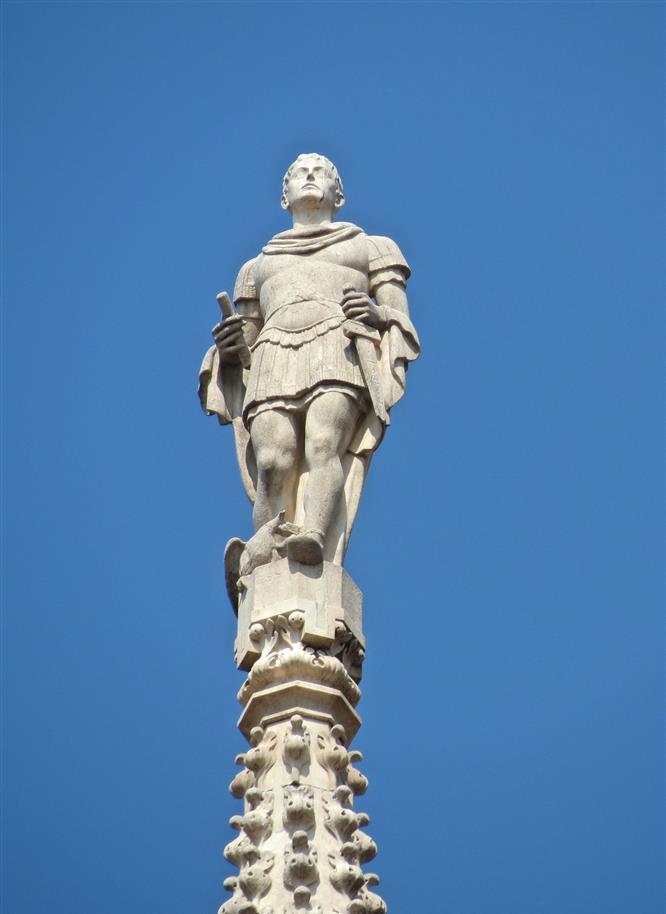
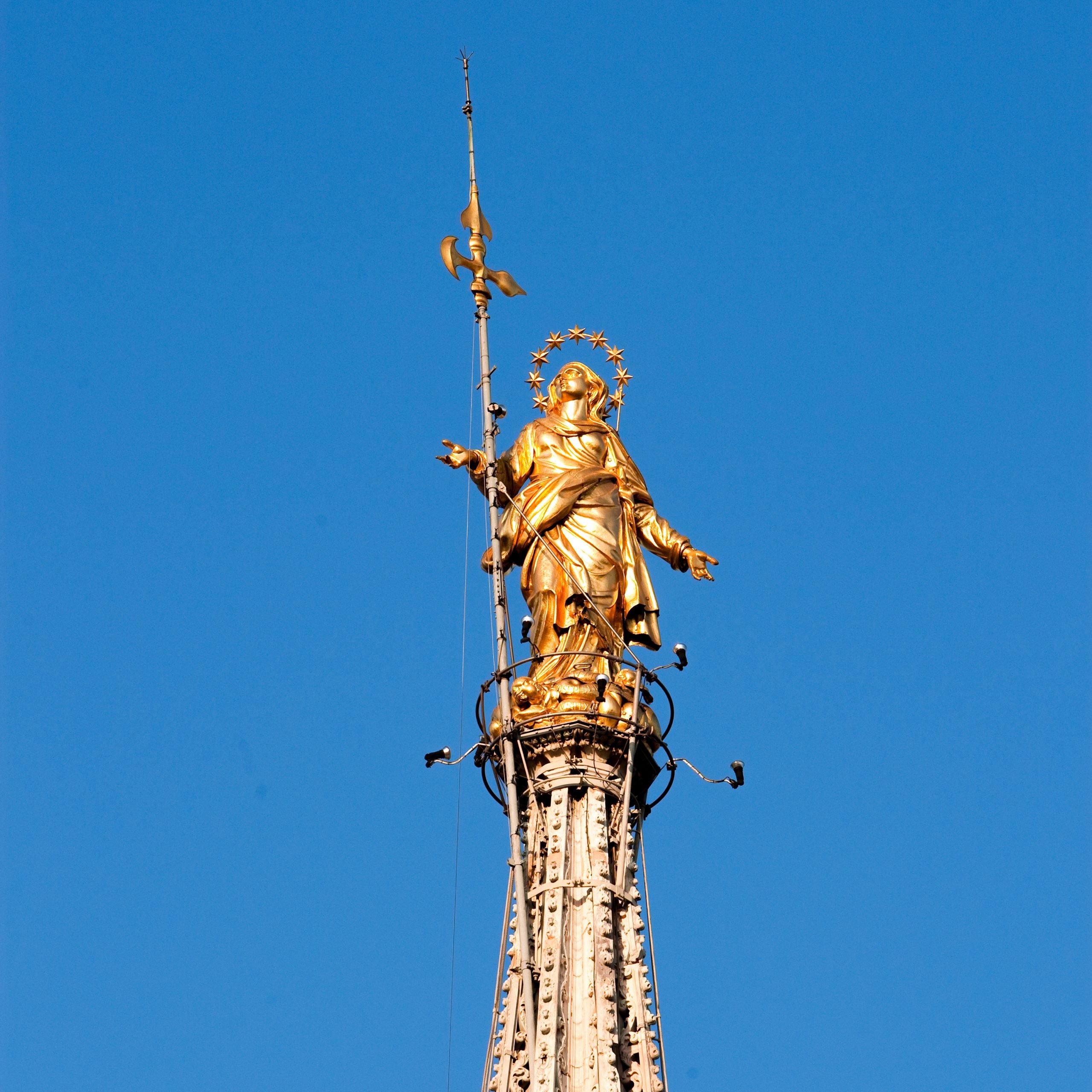
 Tiburio
Tiburio